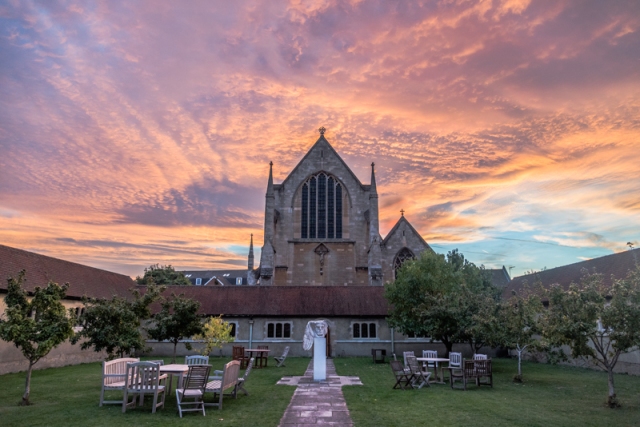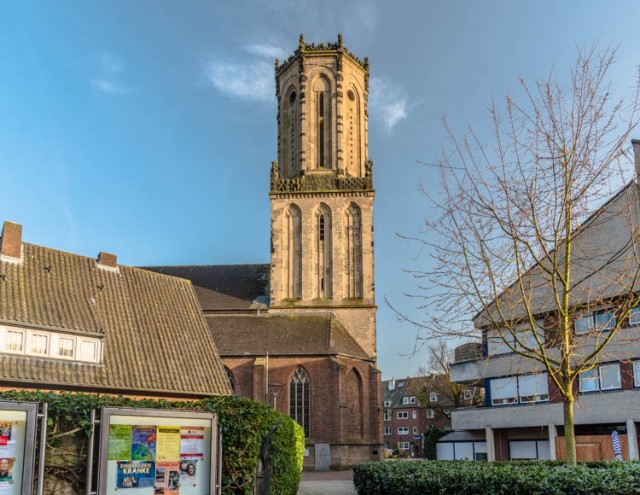Sermon Preached at Christ the King Anglican Church, Mondeor, Johannesburg (Diocese of Christ the King) on Sunday 8 September 2019 (Twelfth Sunday After Trinity)
“If anyone comes to me and does not hate his father and mother, his wife and children, his brothers and sisters – yes, even his own life – he cannot be my disciple”. (Lk 6.26)
May I speak in the name of the Father, the Son, and the Holy Spirit.
Sometimes even the most Bible-based of Christians encounter a passage of Scripture that offends much of what they take as given about the Christian faith. Often it is a saying of Jesus Christ Himself. When that happens, there are two natural reactions: one is to try to minimise the importance of that passage; the other is to try and rationalise away the obvious meaning of the words, to somehow force them to fit a more conventional understanding.
This morning’s Gospel reading contains just such a phrase, and I ask you to avoid either of those temptations, and to allow for the possibility that Jesus Christ will have known exactly how disturbing and uncomfortable these words will have been. They will have been disturbing to the devoted and strong families of both the Jewish and Roman Imperial cultures of his day. Beyond that local context, this passage is offensive and disturbing to people across the vast chasms that separate us from the world that Jesus Christ walked, for these words strike at the heart of the closest human relationships that are most treasured by people in every place and time. God can only have inspired these words as Holy Scripture knowing them to be offensive.
In early 21st Century Christianity, family values have come to be seen as being at the very heart of the faith. I do not for a moment wish to decry strong family values. Those of you who live in homes shaped by them are truly blessed – give thanks to God for your fortune and pray that he will guide you so that this will continue. But there is a strong warning here that we must not make an idol of our families and, indeed, that we must not make an idol of any of our preconceptions of what living as a Christian means. None of us can ever perfectly and completely understand the message of the Christian Gospel – that perfect knowledge belongs to God alone. We Christians are not perfect, and there is a great temptation to pick out the parts of Scripture that are comfortable for ourselves. It is a natural temptation to pretend that we already at least very close to what God wants us to be. Instead, cherish these difficult parts of Scripture, and allow God to provoke you out of your comfort zone, driving you forwards to become ever more like the people he has made you to become. Continue reading

 The mosque at Bohoniki is one of the last places of worship of the
The mosque at Bohoniki is one of the last places of worship of the 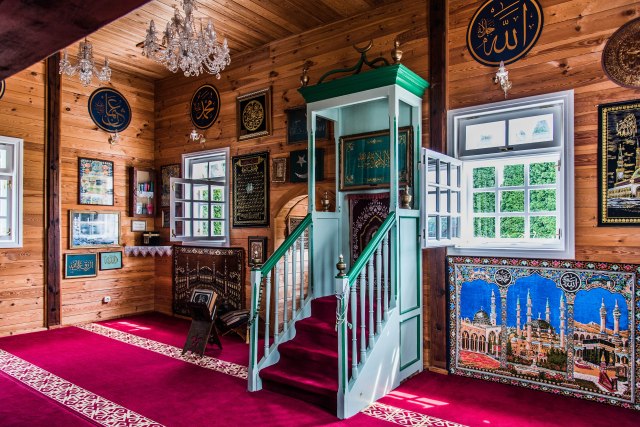
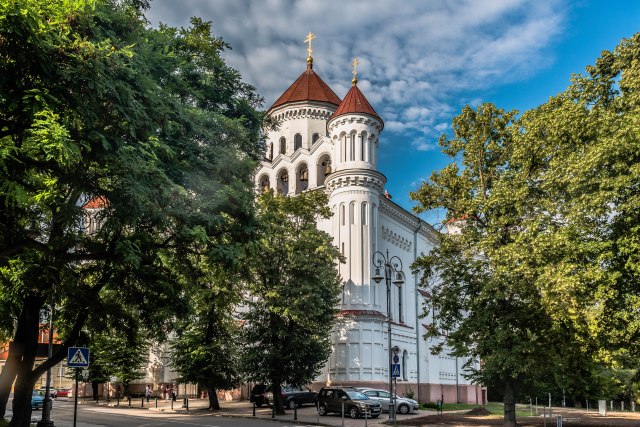 The Orthodox Cathedral of the Theotokos in Vilnius. Originally built by architects from Kievan Rus’ in 1346-8, commissioned by Grand Duke Algirdas for his Orthodox wife, Uliana of Tver. From 1609, it was used by Eastern Rite Catholics until it was abandoned after a major fire in 1748. It was reconstructed in 1785 only be wrecked nine years later by the Russian army in the Kościuszko Uprising.
The Orthodox Cathedral of the Theotokos in Vilnius. Originally built by architects from Kievan Rus’ in 1346-8, commissioned by Grand Duke Algirdas for his Orthodox wife, Uliana of Tver. From 1609, it was used by Eastern Rite Catholics until it was abandoned after a major fire in 1748. It was reconstructed in 1785 only be wrecked nine years later by the Russian army in the Kościuszko Uprising.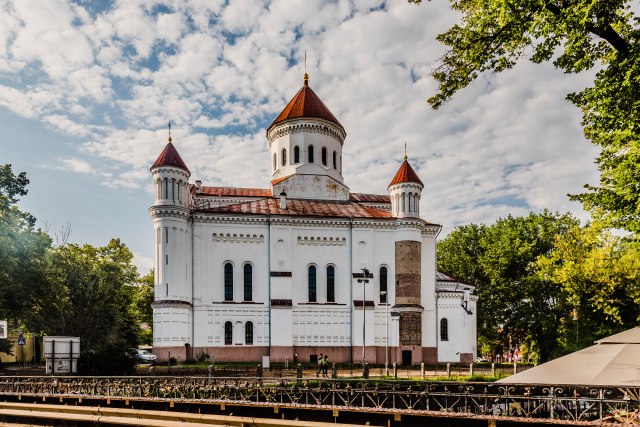
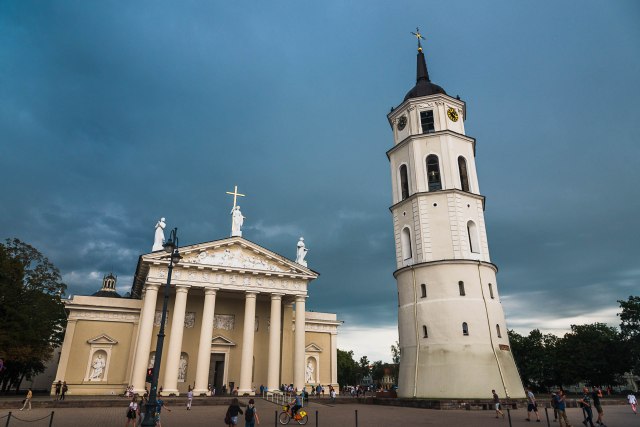


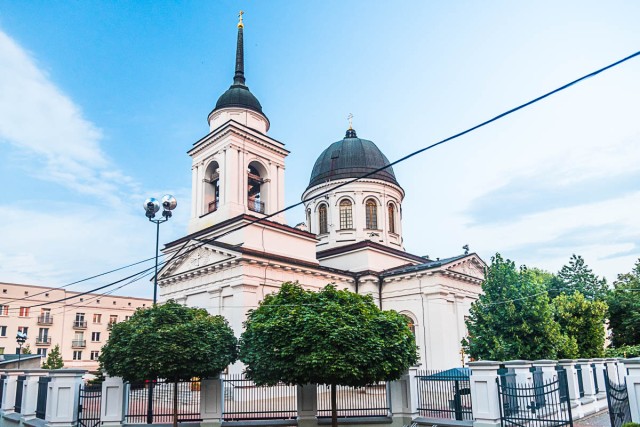

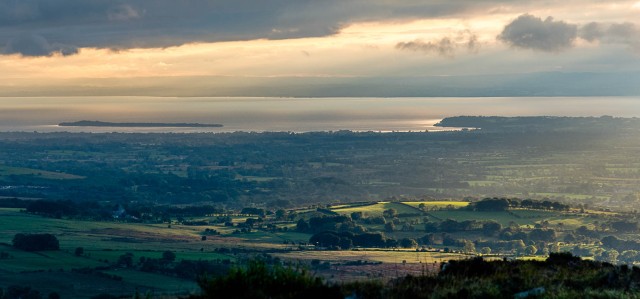 Late on a summer evening, as I took photos from the summit of Divis (478m above sea level) the highest of the Belfast Hills towards Lough Neagh, suddenly a shaft of sunlight broke through and illuminated the fields on top of Budore Hill, about 4 km away. Clearly visible on Lough Neagh is Ram’s Island, and in the distance, the countryside around Brockagh and Ardboe in County Tyrone, gradually rising into the Sperrins and South Tyrone uplands.
Late on a summer evening, as I took photos from the summit of Divis (478m above sea level) the highest of the Belfast Hills towards Lough Neagh, suddenly a shaft of sunlight broke through and illuminated the fields on top of Budore Hill, about 4 km away. Clearly visible on Lough Neagh is Ram’s Island, and in the distance, the countryside around Brockagh and Ardboe in County Tyrone, gradually rising into the Sperrins and South Tyrone uplands.